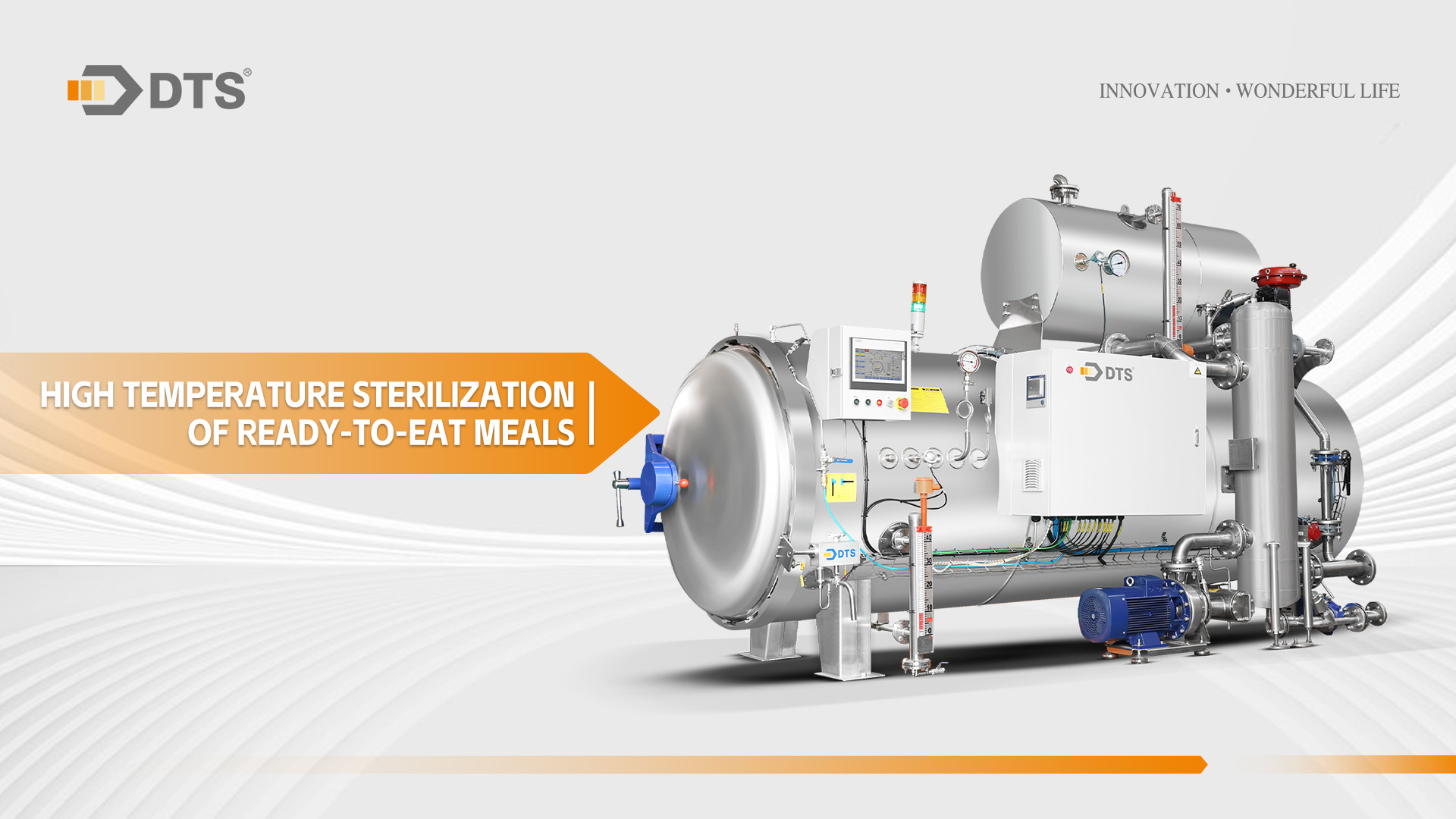


News

From MRE (Meals Ready to Eat) to canned chicken and tuna. From camping food to instant noodles, soups and rice to sauces.
Many of the products mentioned above have one main point in common: they are examples of high-temperature heat-processed foods that are stored in canned as well as bagged form - such products often have a shelf life ranging from one year to 26 months under the right environmental conditions. Its shelf life far exceeds that of traditional packaged foods.
High-temperature sterilization of ready-to-eat meals is an important food processing method aimed at ensuring food safety and extending its shelf life.

What is high temperature heat treatment?
What is high temperature heat treatment? High-temperature treatment includes high-temperature heat treatment of products (and their packaging) to eliminate bacteria and microorganisms in them, making them safe and high-quality, making them healthy and extending the shelf life of the product.
The sterilization process essentially involves heating food to high temperature after packaging. A typical high-temperature heat treatment process involves packaging the food into bags (or other forms), sealing it, and then heating it to around 121°C to achieve this.
Here is some key information about sterilization of ready-to-eat meals:
1. Principle of high-temperature sterilization: High-temperature sterilization method achieves the purpose of eliminating microorganisms such as bacteria, fungi, and viruses by exposing food to a certain time and a certain level of temperature, using a temperature higher than the tolerance temperature of the microorganisms for sterilization. This is an effective sterilization method that can significantly reduce the number of microorganisms in food.
2. Sterilization temperature and time: The temperature and time of high-temperature sterilization vary depending on the type of food and sterilization requirements. Usually, the sterilization temperature will be above 100°C, and the sterilization time will also vary according to the thickness of the food and the type of microorganisms. Generally speaking, the higher the sterilization temperature, the shorter the time required.
3. Sterilization equipment: In order to perform high-temperature sterilization treatment, special sterilization equipment is required, such as a high-temperature sterilization retort. These devices are usually resistant to high temperatures and pressures, and can ensure that food is heated evenly during the sterilization process.
4. Sterilization effect evaluation: After completing the high-temperature sterilization treatment, the sterilization effect of the food needs to be evaluated. This is usually accomplished by testing the number of microorganisms in food to ensure it meets safety standards.
It should be noted that high-temperature sterilization may have a certain impact on the nutritional content and taste of food. Therefore, it is necessary to find the most suitable sterilization process during the sterilization to minimize the impact of high temperature on food. In summary, high-temperature sterilization of ready-to-eat meals is an important step to ensure food safety and extend shelf life. Through reasonable selection of sterilization process and equipment, food safety and quality can be ensured.
